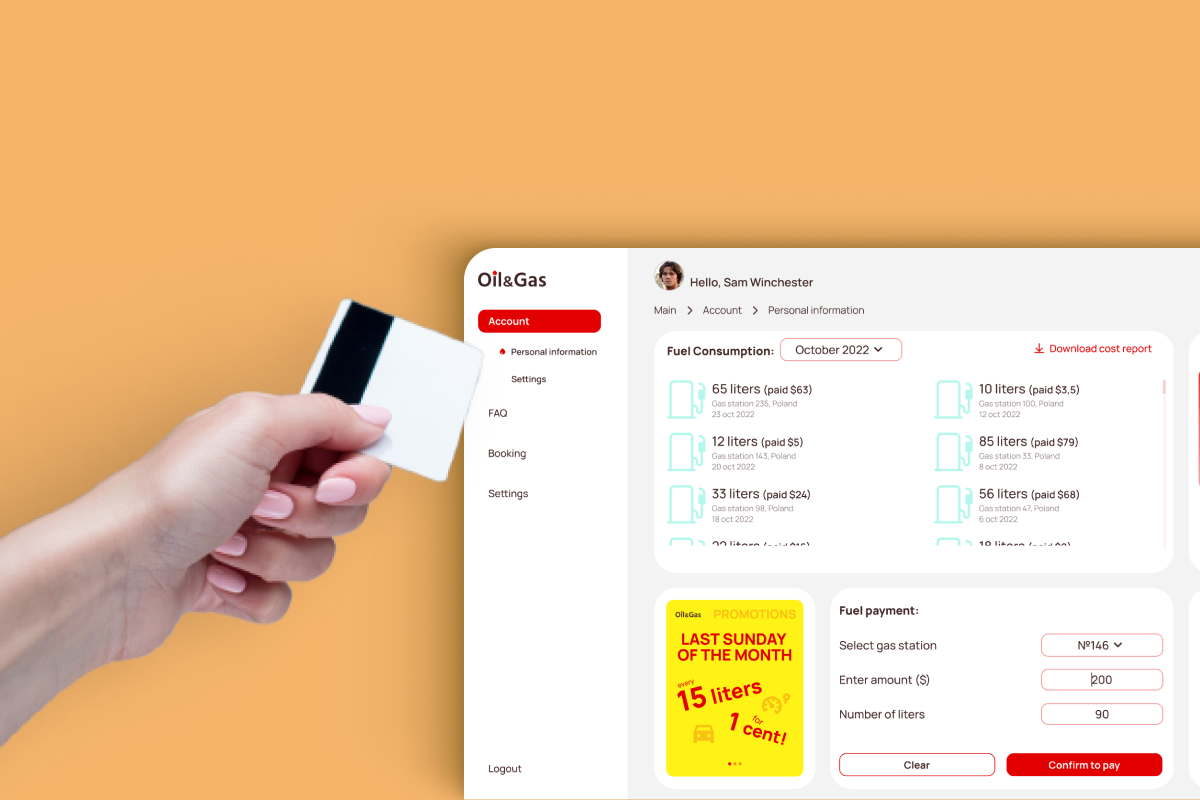All Technologies Used
Motivation
The client faced inefficiencies in document generation and management, causing delays, errors, and increased administrative workload. Azati’s task was to create a middleware data bus to integrate SAP ERP with the document generation system, automate document workflows, and ensure seamless data exchange, while handling different formats and business logic requirements.
Main Challenges
This was Azati’s first project with the client’s document generation system. The team spent time studying the software, understanding protocols, and planning business logic to ensure proper workflow integration.
The WSDL documentation was frequently revised, resulting in inconsistencies. Azati engineers manually adjusted configurations to correctly handle incoming and outgoing messages.
The project involved Azati, the document system team, and the customer team. Misalignment caused delays, which were resolved through weekly coordination meetings and sprint reviews.
Our Approach
Want a similar solution?
Just tell us about your project and we'll get back to you with a free consultation.
Schedule a callSolution
Middleware Data Bus
- Real-time data transfer between SAP ERP and document system
- SOAP web service integration via Apache Camel and CXF
- Handles create, update, delete, and retrieval operations for contracts and categories
- Scalable and maintainable architecture for enterprise workflows
Data Transformation Engine
- XML to JSON conversion with extended meta-information
- Format validation and enrichment for downstream systems
- Customizable processing pipelines for different document types
- Support for multiple transmission protocols (SOAP, HTTP)
Security and Authentication
- Request header authentication with login and password
- Role-based access control for data operations
- Secure data transfer between SAP and document system
- Compliance with internal security protocols
Error Validation and Logging
- Advanced error detection with descriptive messages
- Logging of failed requests for auditing and troubleshooting
- Automated suggestions for fixing incorrect requests
- Ensures smooth and uninterrupted workflow operations
Business Value
Workflow Optimization: The data bus significantly reduced time spent on document generation and management, improving efficiency across departments.
Error Reduction: Automated processing and validation minimized errors in standardized document creation and handling.
Seamless System Integration: SAP ERP and the document generation system now exchange data reliably in real time, improving operational continuity.
Security and Compliance: Authentication mechanisms and controlled data flow ensure sensitive information is securely handled and compliant with internal regulations.
Maintenance and Scalability: The solution's modular architecture allows easy updates, future integrations, and long-term maintainability.
Client Satisfaction: The governmental corporation successfully integrated the solution into daily operations, with ongoing support and updates provided by Azati.





